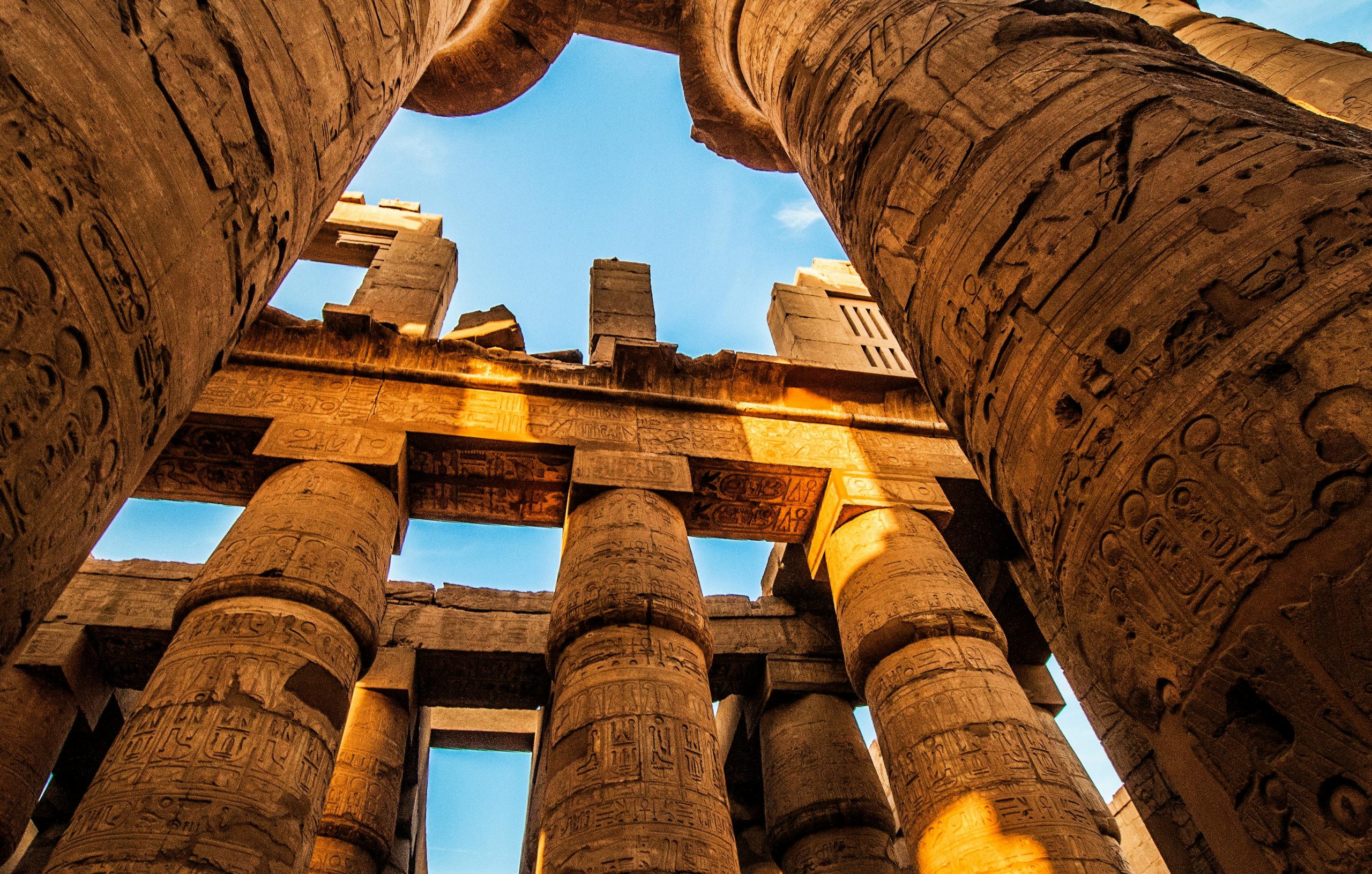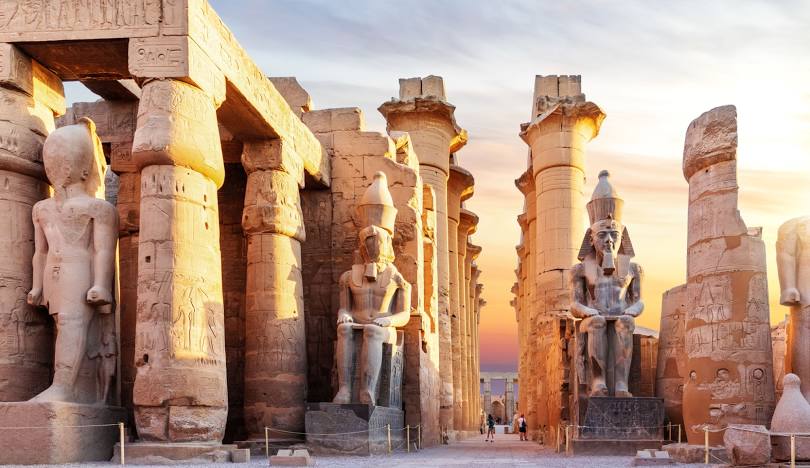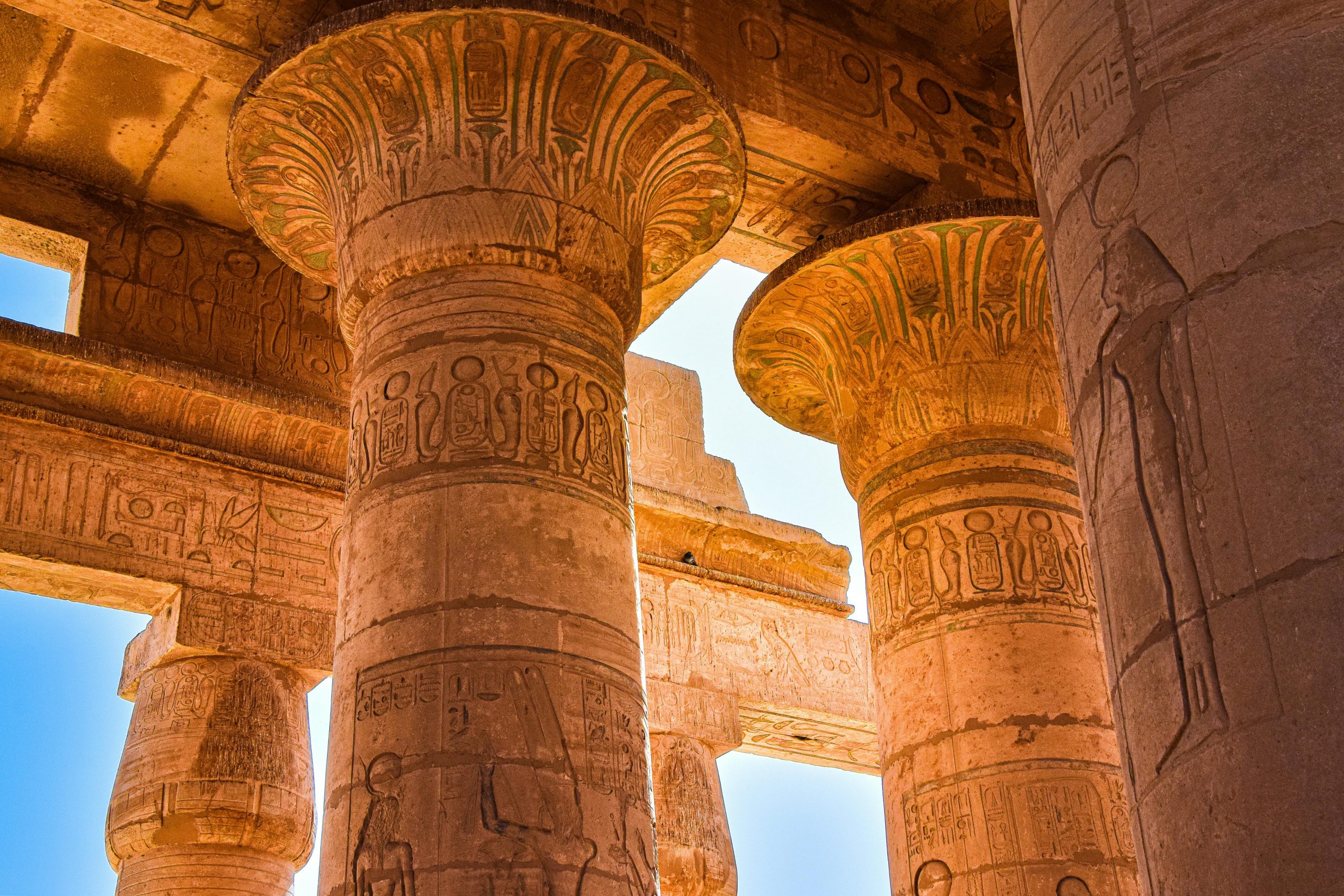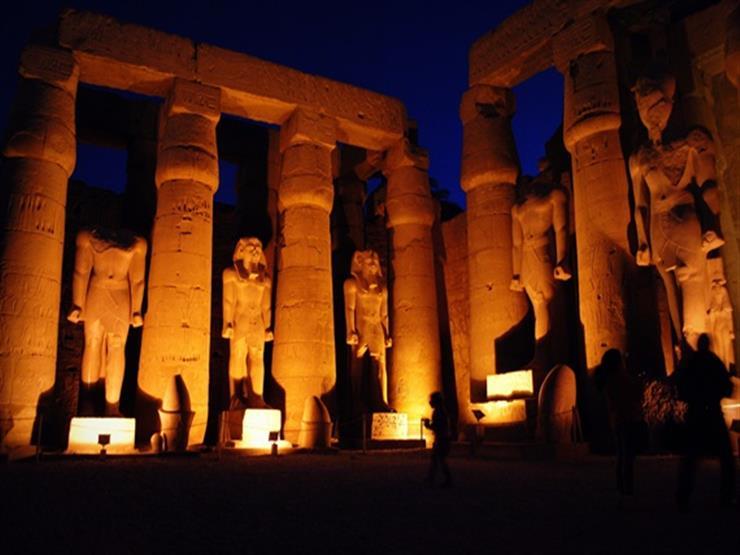Karnak Temple, located in Luxor, Egypt, is the largest religious structure ever built. Spanning over 247 acres, it includes several temples, chapels, pylons, and sanctuaries constructed over a period of more than 2,000 years. It served as the spiritual center of ancient Thebes and was dedicated to the worship of the Theban Triad. Today, it stands as one of the most iconic and awe-inspiring archaeological sites in the world.

Construction of Karnak began during the Middle Kingdom, but most of what we see today was built in the New Kingdom, particularly under pharaohs like Seti I, Ramses II, Hatshepsut, and Thutmose III. Each ruler added new sections, decorated walls, and expanded the temple complex. Over time, it became a visual timeline carved in stone, representing dynasties, victories, and rituals.

The most famous part of Karnak is the Hypostyle Hall, a forest of 134 massive columns arranged in 16 rows—some reaching up to 21 meters in height. Other highlights include the Sacred Lake, the Obelisk of Hatshepsut, the Temple of Khonsu, and the Festival Hall of Thutmose III. Every wall and pillar is etched with carvings that reflect both religious devotion and artistic mastery.

Today, Karnak is not just an archaeological site—it’s a living stage for history. One of its most popular attractions is the Sound and Light Show, held in the evenings. Through dramatic lighting and narration, the temple “comes to life,” telling its own story in multiple languages. Walking through the ancient ruins under the stars while listening to echoes of history is an unforgettable experience.

該当する結果がありません